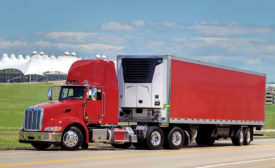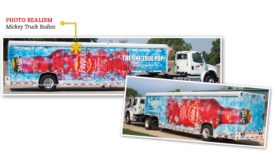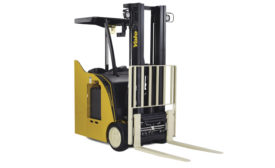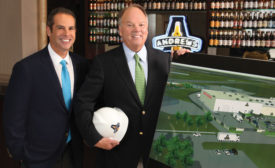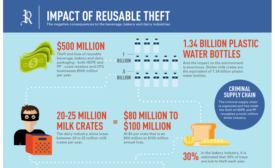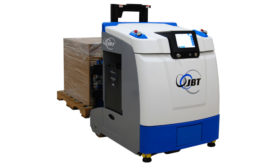Distribution
End-load trailers and body contribute to expansion
Read More
The 2015 State of the Beverage Fleet Industry
Tires remain top cost for beverage fleets
December 15, 2015
2016 Trucks Report: Ford to release new Super Duty truck model
Vehicle manufacturer upgrades improve fuel efficiency, safety
November 16, 2015
Beverage Industry announces fleet graphics awards
Cavalier Distributing wins best craft beer graphics
October 16, 2015
Lift trucks innovate to meet SKU proliferation trends
Forklifts designed to help beverage companies with cost containment and productivity
September 16, 2015
Fleet software assists beverage wholesalers
Software should align with IT operations
September 16, 2015
2015 Wholesaler of the Year: Andrews Distributing Co.
Texas beer distributor expands portfolio, facilities
September 11, 2015
Rehrig Pacific Co. white paper highlights strategies to reduce loss
Campaign focus on getting better control of asset loss
August 31, 2015
AGVs grow with beverage warehouse automation efforts
Automation drives innovation, market growth for automated guided vehicles
August 14, 2015
Factors to consider when selecting trailer body for beverage fleet
Fleet managers need multiple trailer options to support operations
August 14, 2015
Elevate your expertise in the beverage marketplace with unparalleled insights and connections.
Join thousands of beverage professionals today. Shouldn’t you know what they know?
JOIN NOW!Copyright ©2025. All Rights Reserved BNP Media.
Design, CMS, Hosting & Web Development :: ePublishing
